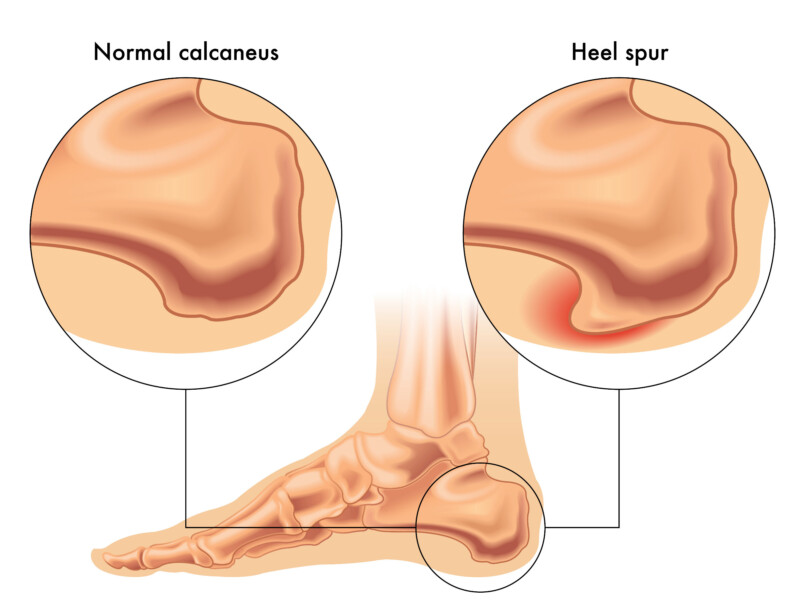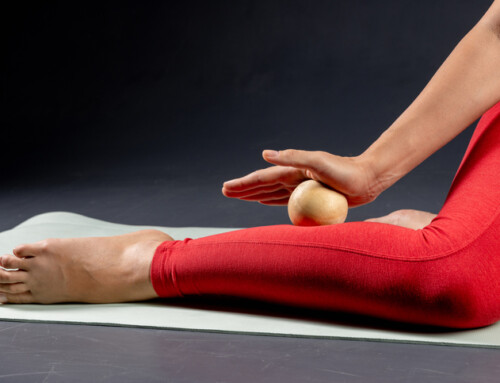By Lindsey Decker, SPT
Osteophytes, which are more commonly known as bone spurs are smooth bony lumps that may grow on the bones of the spine, or around the joints. Bone spurs develop over a long period of time and the formation often occurs due to the joint being affected by arthritis, most commonly osteoarthritis. The arthritis may cause the joint to become painful and stiff. Bone spurs can form on any bone but are mostly found on the neck, shoulder, knee, low back, fingers, and feet. When a joint is affected by osteoarthritis, it damages the cartilage within the joint. When the cartilage which cushions the joint is damaged, the joint is not able to move as freely and easily. Over time, as the joint becomes more damaged, new bone may form around the joint. The body’s response is to try to repair the cartilage, which may lead to the formation of a bone spur. A bone spur formation found in the spine could be the result from ankylosing spondylitis, which is another type of arthritis which specifically affects the spine. This type of arthritis causes inflammation within the spine and overtime may fuse the vertebrae of the spine. This may then cause the body to respond by forming a bone spur along the vertebrae.
Treatments for Osteophytes
Individuals may have a bone spur and not experience any symptoms. In this case treatment is not necessary. If the joint becomes painful, stiff, numb, or you notice a decrease in range of motion, then you should report the findings to your health care provider. A bone spur can be treated with some at home remedies such and lifestyle changes to help ease some of the symptoms. Some treatments may include but are not limited to:
• Ice to reduce swelling
• Over the counter pain relievers (NSAIDS)
• Rest
• Supportive shoes or shoe inserts
• Weight loss to decrease some of the stress on the bone and joint.
If you do not notice any change with any of the treatments above, you can talk to your health care provider, and they can prescribe
• Physical therapy: exercises and stretches may help to reduce pain, improve range of motion of the joint, and strengthen muscles around the joint.
• Prescribed pain medications: if over the counter pain relievers are not helping subside symptoms, a stronger option may be available, or a cortisone shot to the affected joint may be prescribed.
• Surgery: if symptoms continue to last over a year of conservative treatment, the removal of the bone spur itself can be done through surgery.
Our Capital Area Physical Therapy & Wellness offices offer specific treatment programs to help manage pain, and stay active. Call (518) 289-5242 to schedule an appointment at one of our physical therapy clinics in Malta – Saratoga Springs or Queensbury – Glens Falls.
References
1. Bone Spurs (osteophytes): Causes, symptoms, diagnosis & treatment. Cleveland Clinic. https://my.clevelandclinic.org/health/diseases/10395-bone-spurs-osteophytes. Published 2022.
2. Osteophyte. NHS choices. https://www.nhs.uk/conditions/osteophyte/. Published May 17, 2019.






